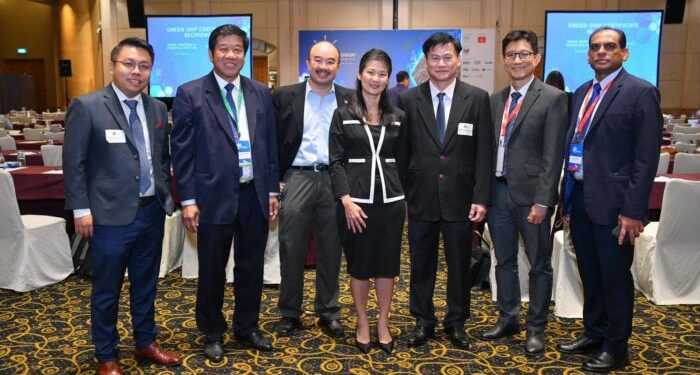Singaporean authorities are promoting LNG as the shipping’s fuel of the future, incentivizing the use of gas instead of bunker fuel for shipping companies.
During her opening address at The Singapore Registry of Ships (SRS) Forum, Quah Ley Hoon, chief executive of the Maritime And Port Authority (MPA) of Singapore stated that beyond meeting the 2020 sulphur limit, the aim is to fully embrace sustainability and prepare for a lower-carbon future.
She highlighted that
LNG is a cleaner and greener fuel than existing available options and is the only viable solution at scale for the shipping industry for now.
Notably, in order to help in the adoption of LNG, the Maritime Singapore Green Initiative (MSGI), in place since 2011, is being strengthened with a new incentive. In fact she added that “we will give it a new focus on decarbonisation. For example, she hopes that the Green Awareness Programme will encourage stakeholders to start exploring carbon reporting and internal carbon pricing.
[smlsubform prepend=”GET THE SAFETY4SEA IN YOUR INBOX!” showname=false emailtxt=”” emailholder=”Enter your email address” showsubmit=true submittxt=”Submit” jsthanks=false thankyou=”Thank you for subscribing to our mailing list”]
Furthermore, it was suggested that Singapore is LNG bunkering ready. “Our two LNG bunker supplier licenses, FueLNG and Pavilion, have performed more than 150 truck-to-ship LNG bunkering operations. Singapore also performed the first ship-to-ship LNG bunkering of Sleipnir at Sembcorp Marine earlier this July,” she added. MPA expects its two LNG bunker tankers to facilitate ship-to-ship LNG bunkering for ocean going vessels from the second half of next year onwards.
She added that “we will continue to work with partners to develop our ecosystem and infrastructure to position ourselves as a key LNG bunkering hub for the region and the world,” as more LNG vessels are expected to call on the port.
The CEO also stated that the first simultaneous operations for LNG bunkering are underway for next year, highlighting the continuous work and cooperation with research partners on new technologies for future shipping.
In fact, in late October, it was announced that The National University of Singapore Engineering collaborated with the Keppel Data Centres Holdings Pte Ltd and Singapore LNG Corporation to develop a technology that can efficiently store and carry cold energy from the Singapore LNG Terminal to various data centres. This solution aims to open the way for more sustainable and compact data centres.
More specifically, a team from NUS Engineering, Keppel Data Centres and SLNG will develop a prototype of a new cooling medium that can achieve two key functions: firstly, to efficiently store and carry cold energy from the Singapore LNG Terminal to the various data centres, and secondly, to be circulated within the cooling loop in each data centre to perform effective cooling.




























































